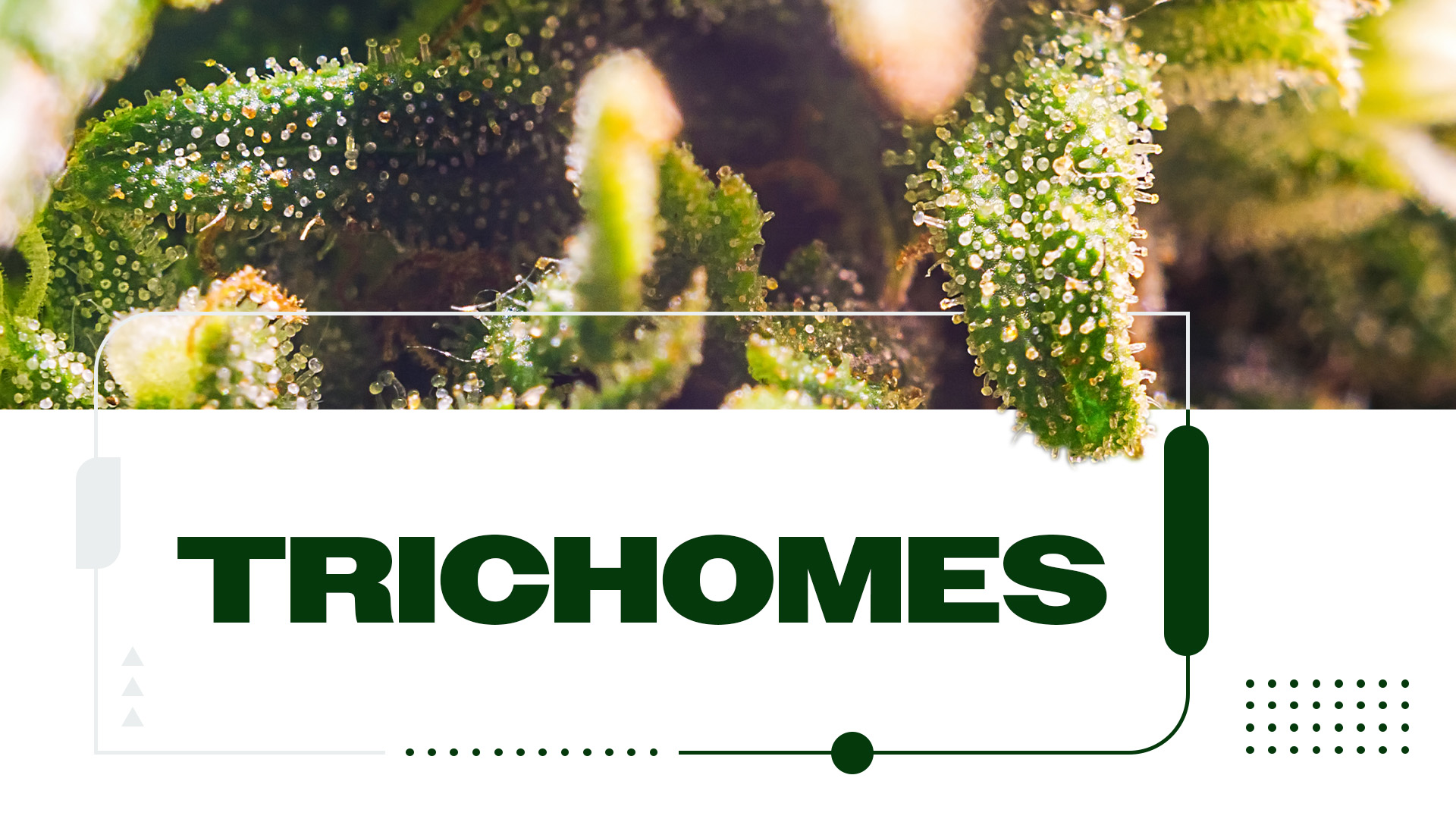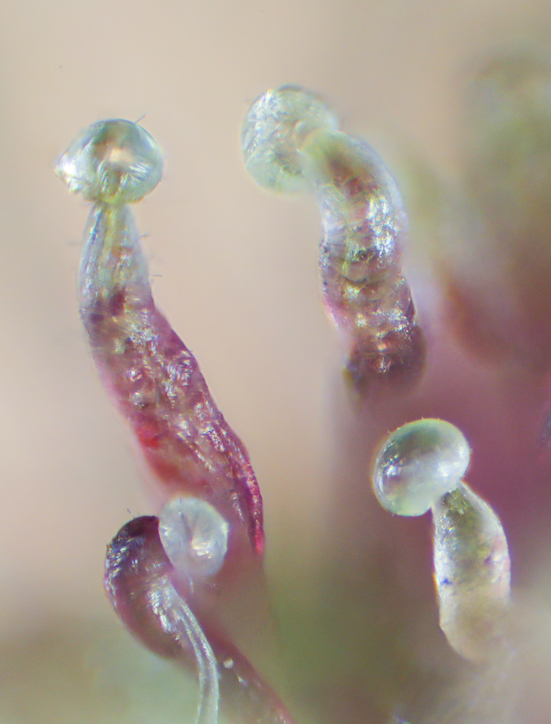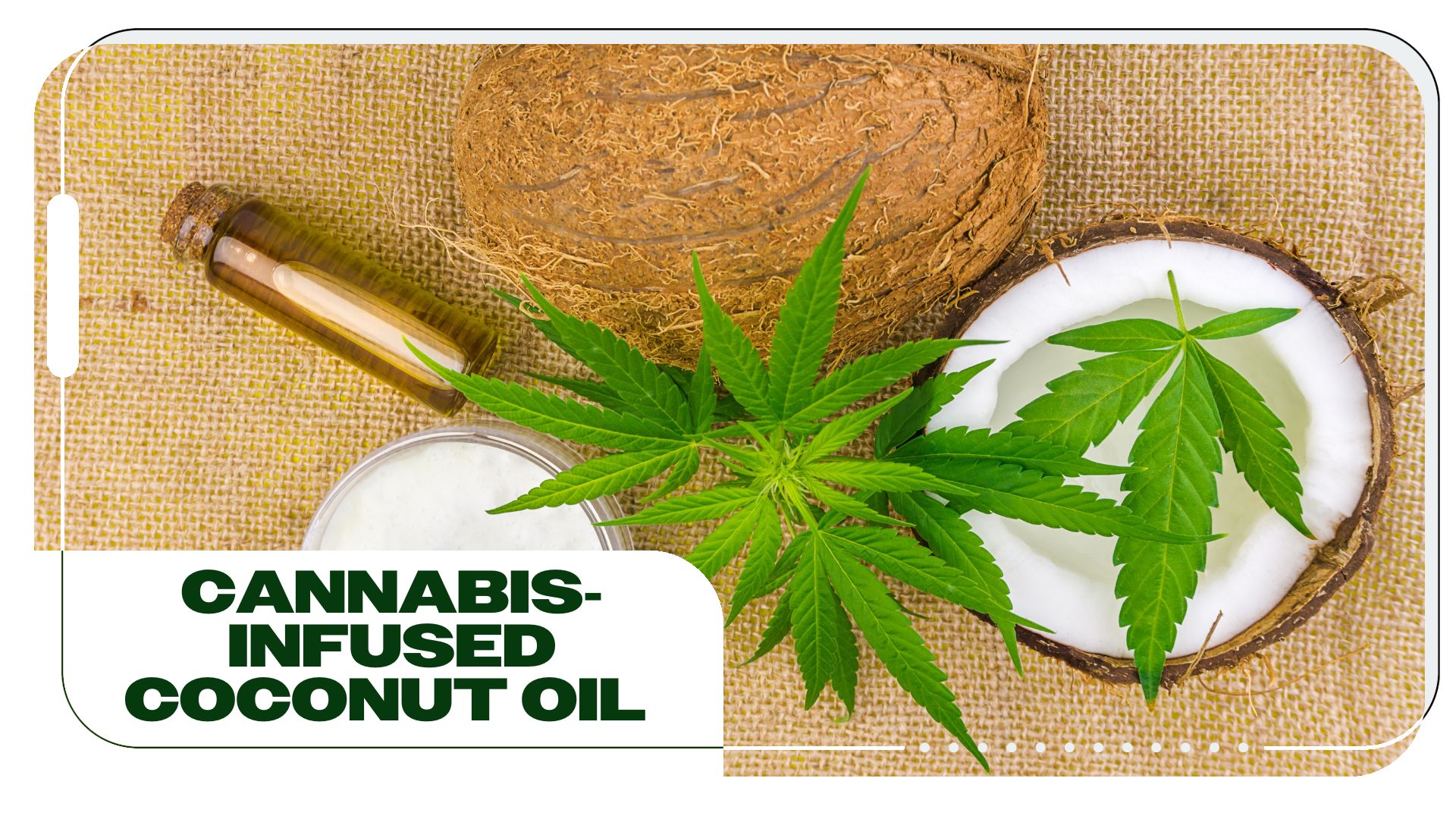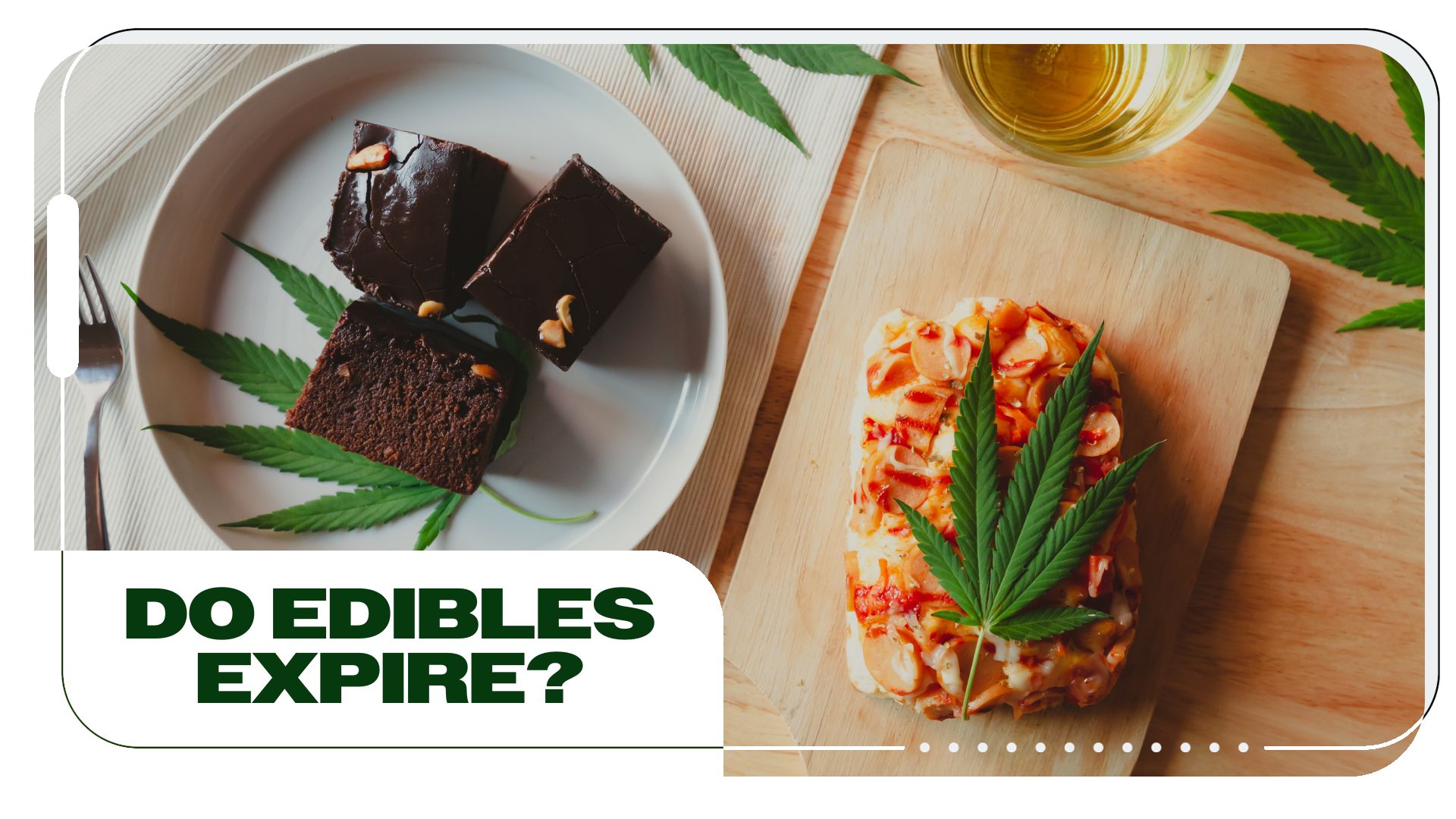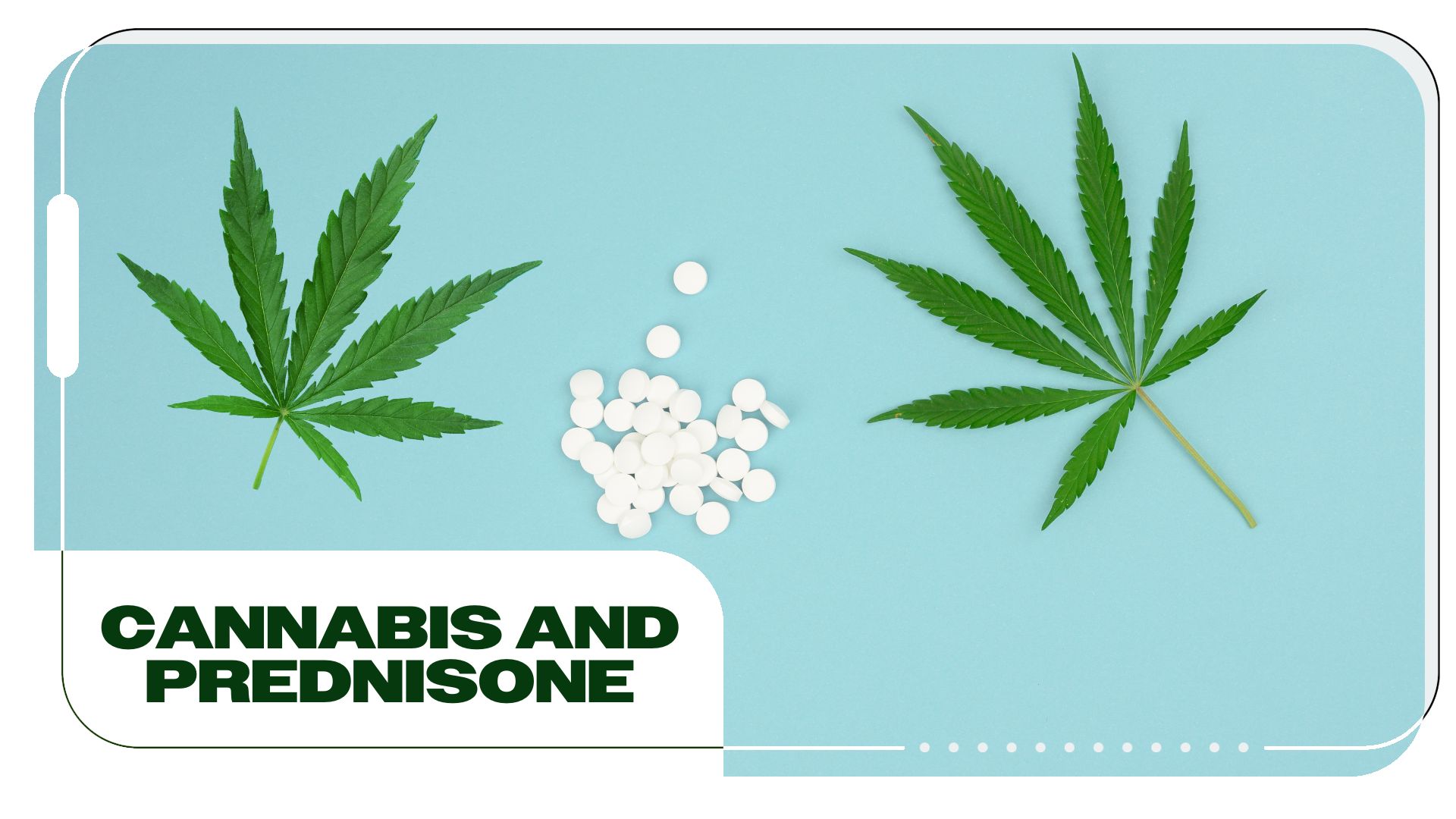Cannabis trichomes are microscopic, mushroom-shaped hairs on the cannabis plant that play a direct role in the effects consumers experience from cannabis. These tiny weed crystals contain the majority of the plant’s cannabinoids—the active chemical compounds—and terpenes—the aromatic compounds. Together, the compounds determine how our cannabis smells, tastes, and makes us feel.
What Are Trichomes?
Have you ever noticed what looks like small, transparent hairs on your cannabis flower? These hairs, called trichomes, are store the phytocannabinoids all over the plant’s leaves, buds, and stocks. In other words, most of the terpenes and cannabinoids in the cannabis plant are made within the plant’s trichomes.
It is believed that up to 90% of the total THC contained in a cannabis plant is stored in the trichomes, which is why researchers and growers seek to learn more. In their 2019 study on these compounds, the UBC researchers set out to understand how trichomes make and store their products, including phytocannabinoids and THC resin. They discovered that ultraviolet (UV) light assisted them in monitoring trichome maturity on the cannabis flowers and visually determining optimal harvest times.
From afar, these compounds give cannabis its crystalline shine. Exposing the trichomes to UV light, the researchers found that the stalked trichomes emitted a bright blue color and contained a large, pie-shaped disc of cells that store the THC and CBD metabolites and fragrance-giving terpenes. They were astonished to find out that the high levels of these metabolites that are stored should be toxic to the cells, so the researchers are planning to investigate how the cell walls manage this in a future study.
The research team also found out that the stalked compounds came from a sessile (flat)-shaped precursor. These precursors emitted a red color, did not have a stalk, had smaller secretory discs, and produced fewer fragrant terpenes. The stalked trichomes grew out of their precursors and underwent a dramatic change that could be visualized using a microscope.
Why Are Cannabis Trichomes Important?
Production of Cannabinoids
Trichomes produce and store the cannabinoids of the cannabis plant. This production includes the two most well-known cannabinoids, delta-9 THC (best known for its psychoactive effects) and CBD (best known for its relaxing and therapeutic potential). However, trichomes also produce all the other minor cannabinoids, such as delta-8 THC, CBN, and CBG.
In other words, trichomes are responsible for producing the very compounds that make weed what it is: giving it the potential to produce effects like pain relief, creative inspiration, and the psychoactive high.
Terpene Production
Trichomes also produce and store the cannabis plants’ terpenes. Terpenes are aromatic compounds found in many plants, including cannabis. They give plants their distinct smells and flavors. For instance, the scent of pine trees, citrus fruits, and lavender all come from different terpenes.
These terpenes are not only responsible for the flavor and aroma of the cannabis flower: they can also aid in producing its potential medical benefits and therapeutic effects.
Flavonoid Production
Flavonoids are natural compounds found in many plants. They give cannabis plants their green and sometimes purple coloring. Flavonoids also have health benefits, like antioxidant properties, which not only help protect the plant but can also be good for humans when we eat those plants.
Trichomes produce flavonoids, which help the plant in several other ways as well, including protection from pests, absorbing harmful UV rays, and attracting pollinators.
Plant Protection
Trichomes grow on the plant as a defensive mechanism and are bitter and acidic-tasting to smaller birds and insects that threaten to damage the plant. When a flowering plant blooms, it typically attracts these undesirable critters, but the sticky residue and bitter taste seeping out of cannabis trichomes steers them away. This allows the cannabis flowers to safely reach maturity.
Indicator of Harvest Time
As trichomes age, they change in appearance from clear to cloudy to amber. These changes are indicators to cultivators that it may be time to harvest (and most do so when 50-70% are cloudy and the rest are opaque). These changes can indicate when the plant has reached its highest potency.
Types of Cannabis Trichomes
The UBC researchers were also able to uncover the three different types of trichomes found on the plant, which wouldn’t have been possible without the UV lights and imaging equipment. Cannabis trichome types include:
Bulbous Trichomes
Bulbous trichomes look like small, pointed structures and appear on the entire surface of the cannabis plant. They are the smallest trichomes and are not visible to humans. It has been said that they are responsible for secreting cannabis resins.
Capitate-sessile Trichomes
The next size up from the bulbous variety, these trichomes typically dvelop before the cannabis plant flowers start growing. Capitate-sessile trichomes look flattened, sit on the skin of the plant, and contain cannabinoids. They are usually found on the underside of the plant’s leaves.
Capitate-stalked Trichomes
Capitate-stalked trichomes, clocking in at 50-100 micrometers, are the largest and most abundant type and are the only ones visible to the naked eye. They are typically found on the surface of the flowers rather than the leaves. These mushroom-shaped stalks typically form during the flowering phase of growth and are heavily involved in producing cannabinoids and terpenes. Because of their role and visibility, capitate-stalked trichomes typically determine when the cannabis is ready to be harvested.
What Do Healthy Trichomes Look Like?
As your cannabis plant grows, its trichomes will go through different stages as well. Typically, healthy trichomes go through three phases of aging: clear, cloudy, and amber.
Clear Trichomes
Clear trichomes start to develop on your plant as it leaves the vegetative stage and begins its flowering process. This translucent color happens when the trichome glands start producing resin as peak THC concentration nears, but other cannabinoids are still busy forming and are definitely not ready for harvesting.
Cloudy Trichomes
When cloudy, or opaque, coloring occurs, the trichomes are getting closer to harvest. You should hold off until 50%-70% of your plant has turned cloudy and the rest have turned amber. At this point, you can harvest it if you are looking for a stronger, more euphoric effect. Most cultivators harvest the plant when 50% of the trichomes are cloudy and the rest are amber.
Amber to Brown Trichomes
When trichomes are all ranging in color from amber to brown, this is when the plant has reached its full maturity. If you are growing cannabis solely for THC content, you must act quickly—once the trichomes turn amber, they start to degrade in quality. By the time the plant is all amber and starting to turn brown, most of the THC has naturally converted to cannabinol (CBN), which has very relaxing, sleep-aiding, and couch-locking properties.
The Bottom Line
Trichomes make cannabis what it is: these tiny crystals produce and store all of the compounds that give cannabis its effects, flavors, and aromas. Plus, they do it all while protecting the cannabis plant from pests, predators, and harmful UV rays. Shoutout to trichomes for giving us countless reasons to love the cannabis plant!
Frequently Asked Questions
When Is It Time To Harvest?
When cannabis trichomes become at least 50% cloudy with the rest having turned a shade of amber, it is typically the best time to harvest for the highest potencies available for that strain.
What should trichomes look like when ready to harvest?
When the 50-70% of your trichomes are cloudy (while the remainder turn amber), you should harvest if you’re looking for a more energizing or euphoric effect. Amber trichomes indicate that some of the THC has naturally converted to CBN, which may lead to relaxing or couch-locking properties.
Do all cannabis trichomes turn amber?
Yes, all cannabis trichomes will turn amber eventually if you don’t harvest before this happens. When trichomes are all ranging in color from amber to brown, this is when the plant has reached its full maturity.
Are trichomes good or bad?
Trichomes aren’t just good — they’re essential. Because they contain most of the plant’s cannabinoids and terpenes, trichomes are the compounds that give the cannabis plant the effects it is known best for.
Author, Share & Comments


